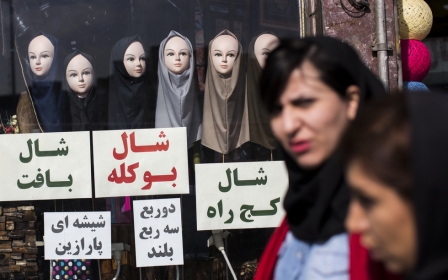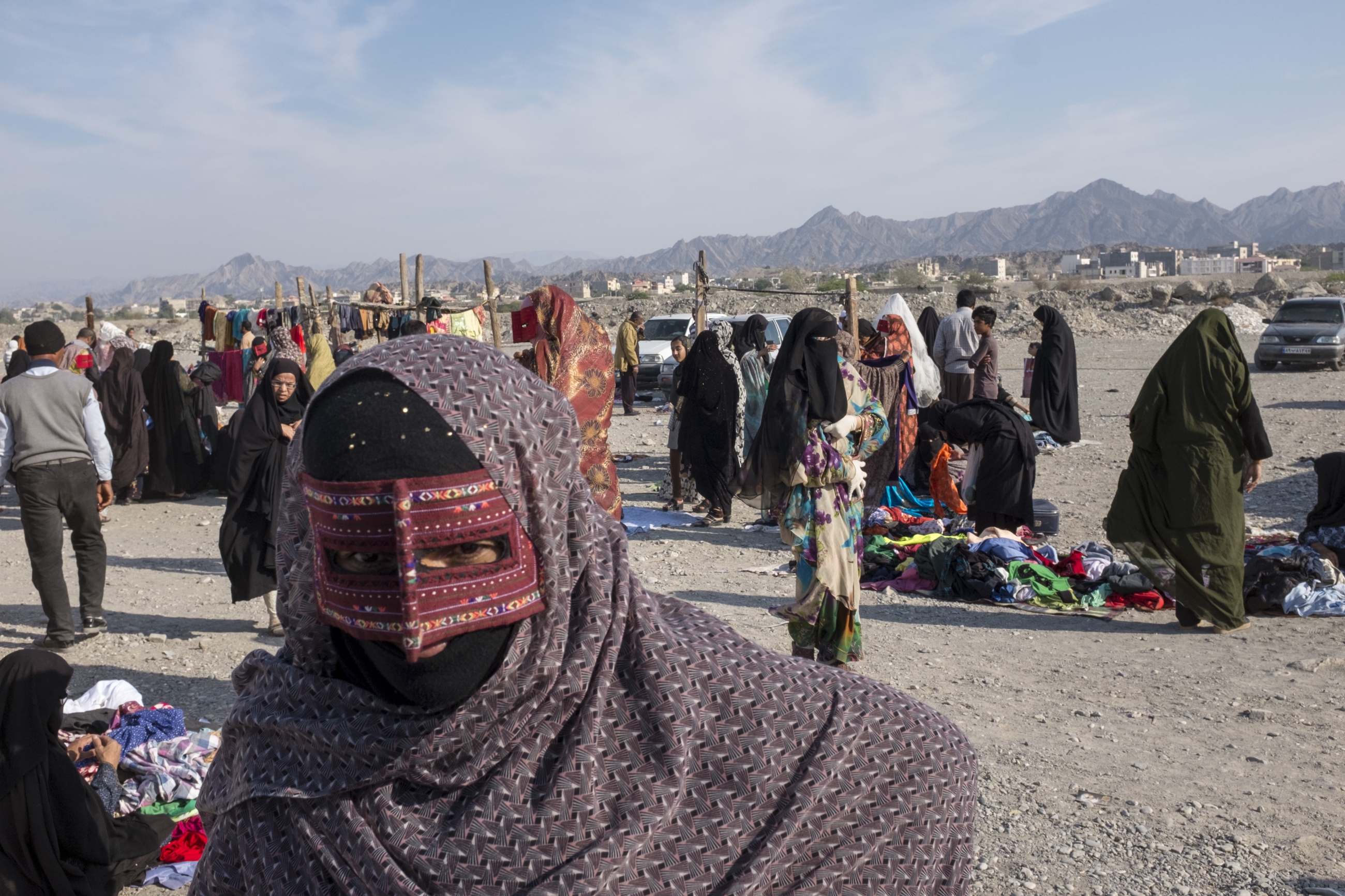
In pictures: Iran and the masks of the Minab market

The women come from across Hormozgan Province to the market in Minab to both buy and sell anything and everything, from embroidered trousers and fabrics to essentials such as vegetables and fruit (MEE)
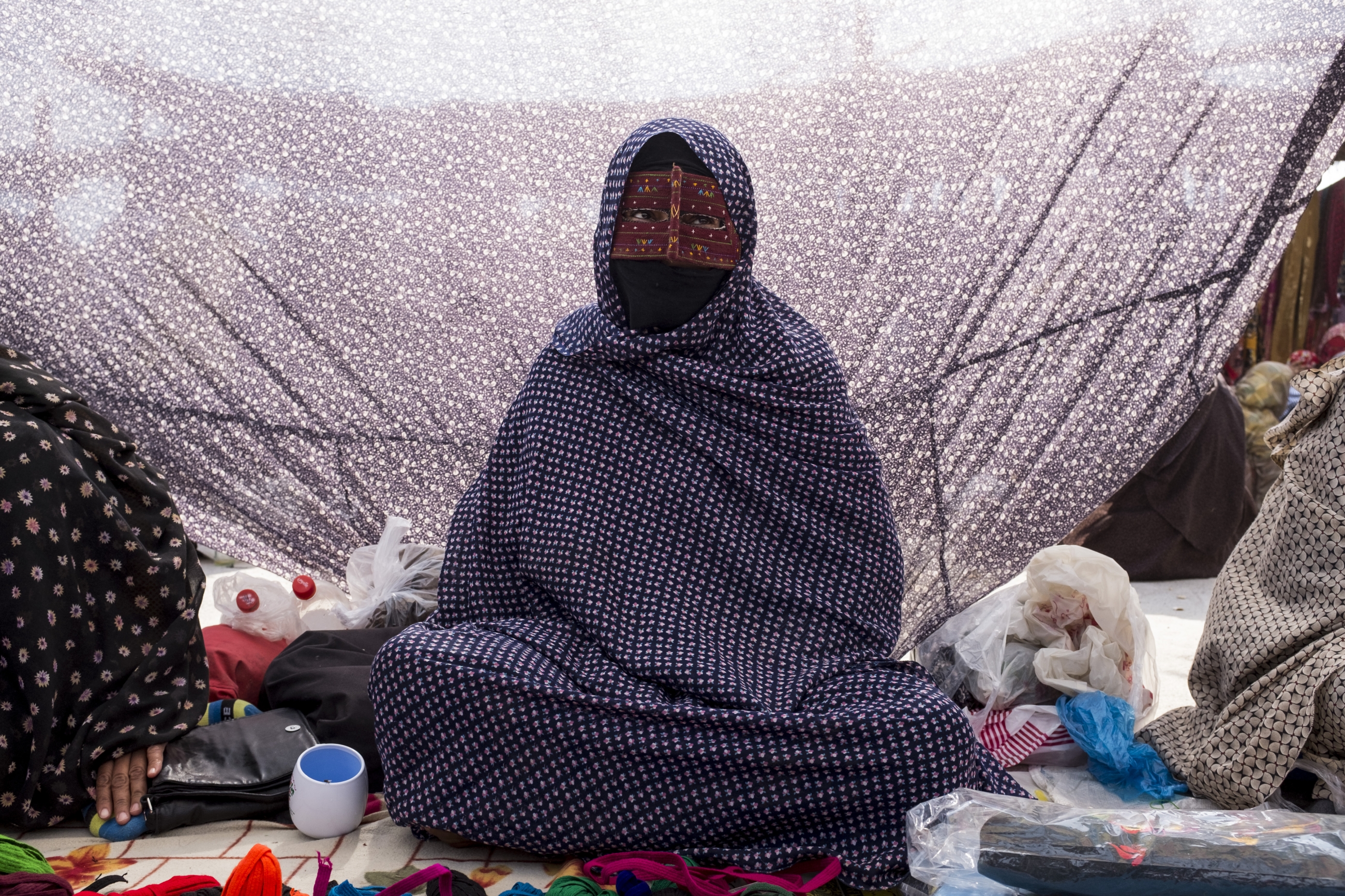
The word “burqué” resembles the Afghani word burqa but refers to something different. Burque were first worn by Portuguese women in the Persian Gulf to protect their skin from the scorching sun. The Portuguese conquered the area in the 16th century to control the trades from India to Europe. (MEE)

Burque come in different colours, each of which has its own meaning: red, shown here, denotes that a woman is married, while orange that she is engaged (MEE)
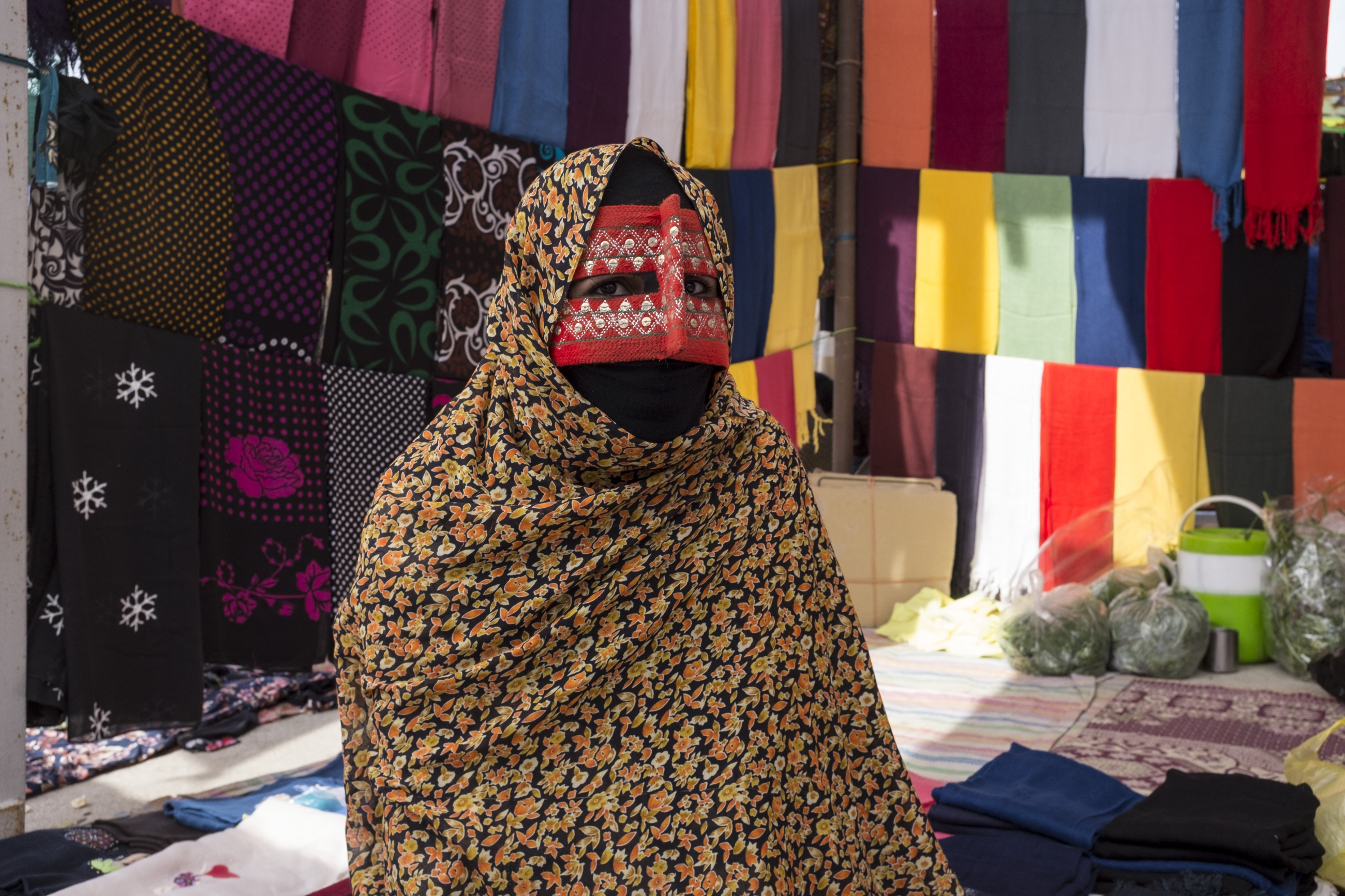
Girls tend to start wearing the masks from the age of nine. The level of decoration of the burque varies according to the wealth of the woman who is wearing it. The word “bandari” approximately translates as “port” or “gateway”. (MEE)
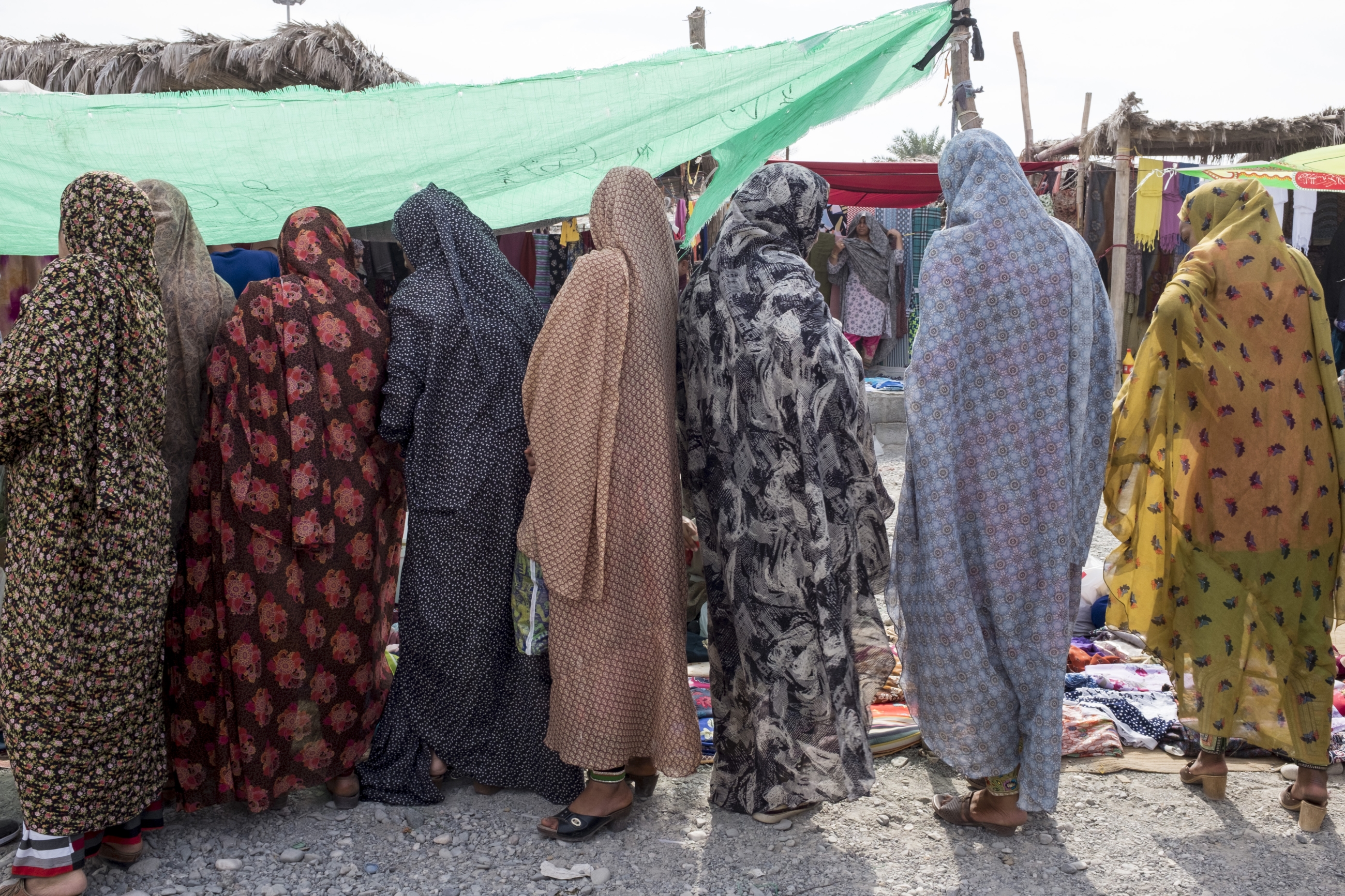
The Bandari women also wear bright coloured dresses which are closer to Indian saris than darker hijabs. It reflects how the southern coast of Iran has been a meeting point between Asia and Europe for centuries: the medieval Italian explorer Marco Polo passed through the region while journeying to China. (MEE)
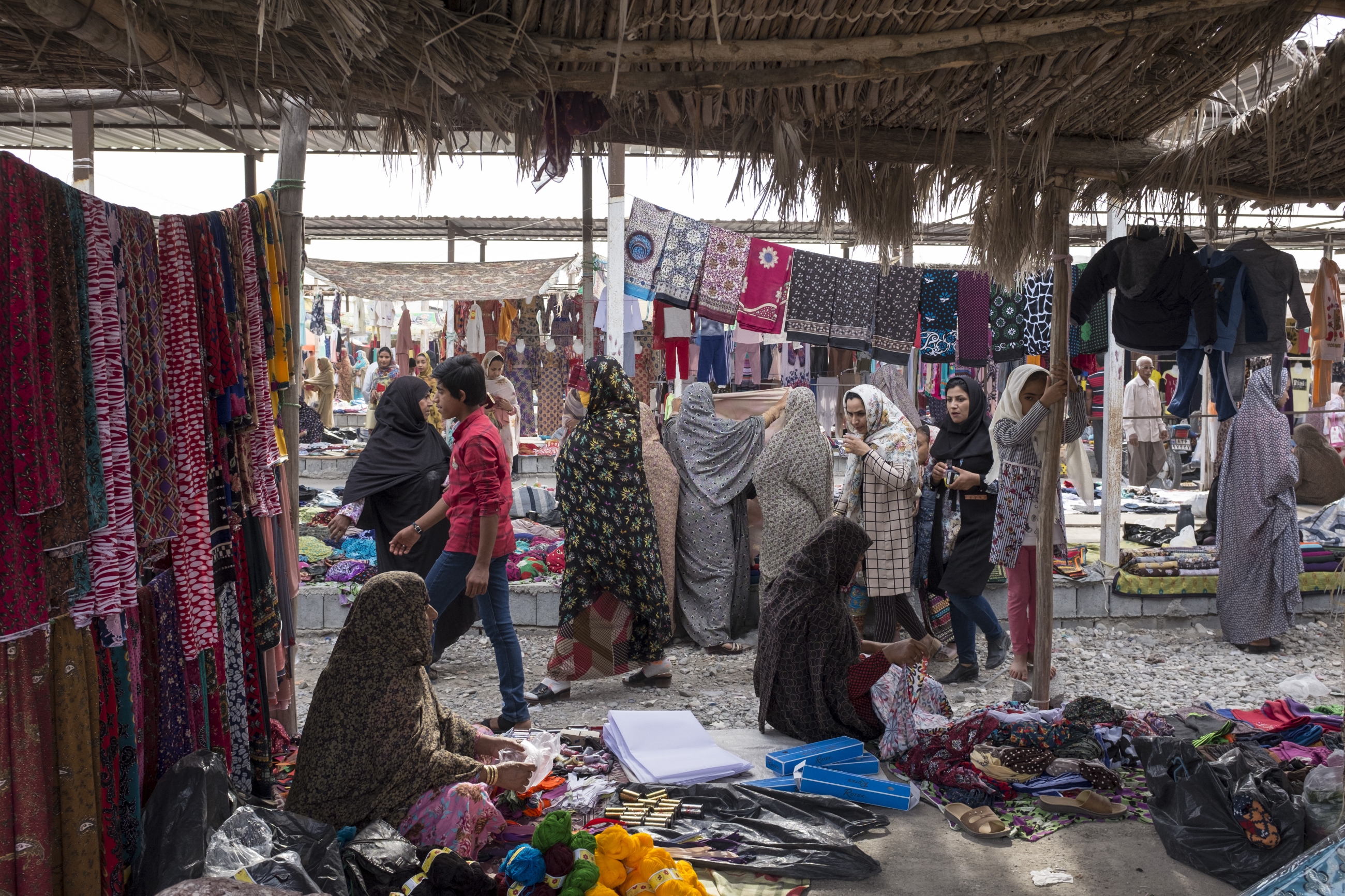
The Panjshambe bazaar is also where women can buy and sell masks. The majority there are masked as they conduct their business without male escorts (MEE)
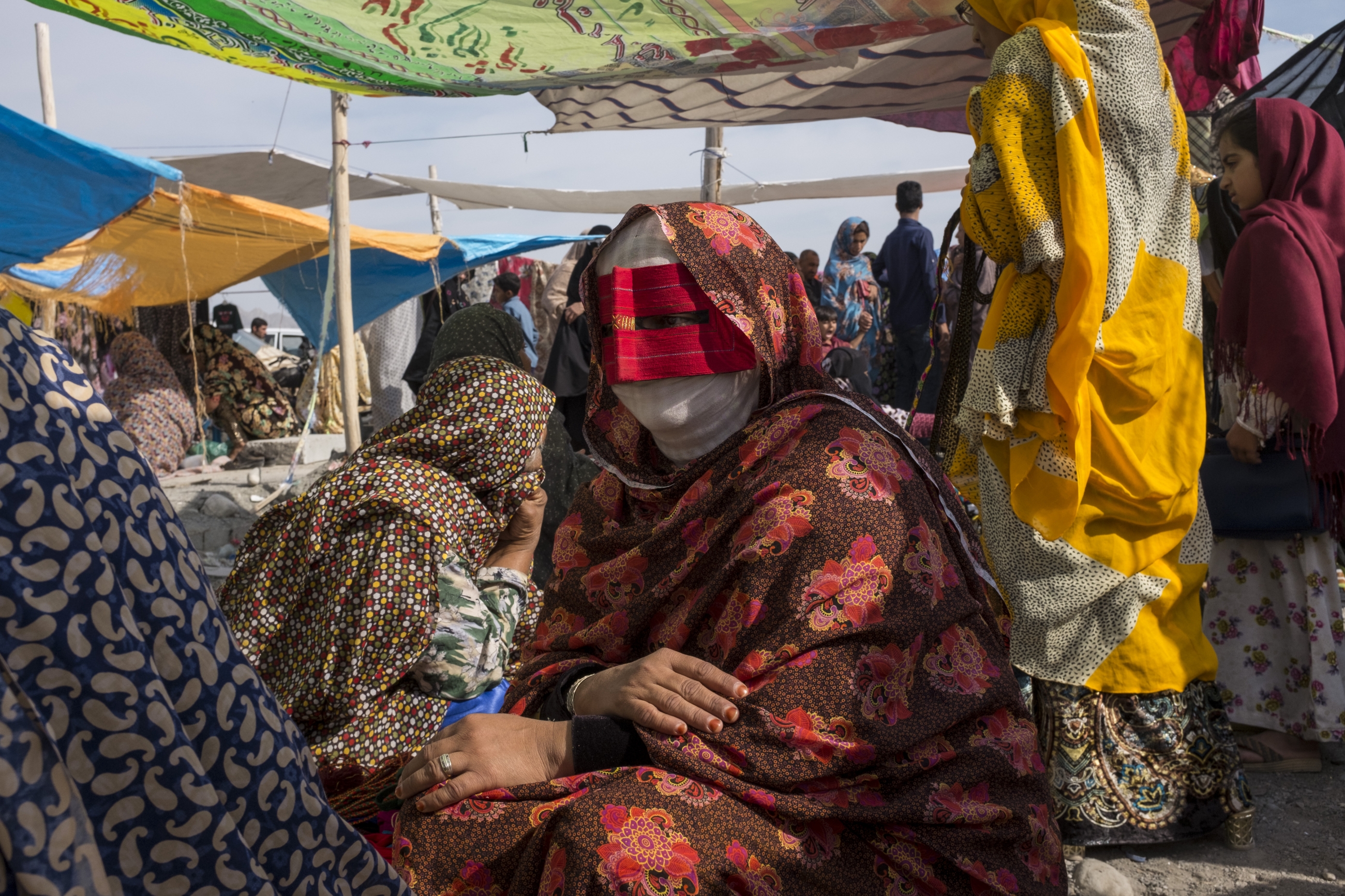
Initially the women at the market refused to give permission to be photographed. “I couldn’t find a translator nor any English speaker in Minab,” says the photographer, who asked not to be named as he did not have a permit for the area. “All I had got was a piece of paper in Farsi writing, explaining who I was and why wanted to photograph them.” (MEE)
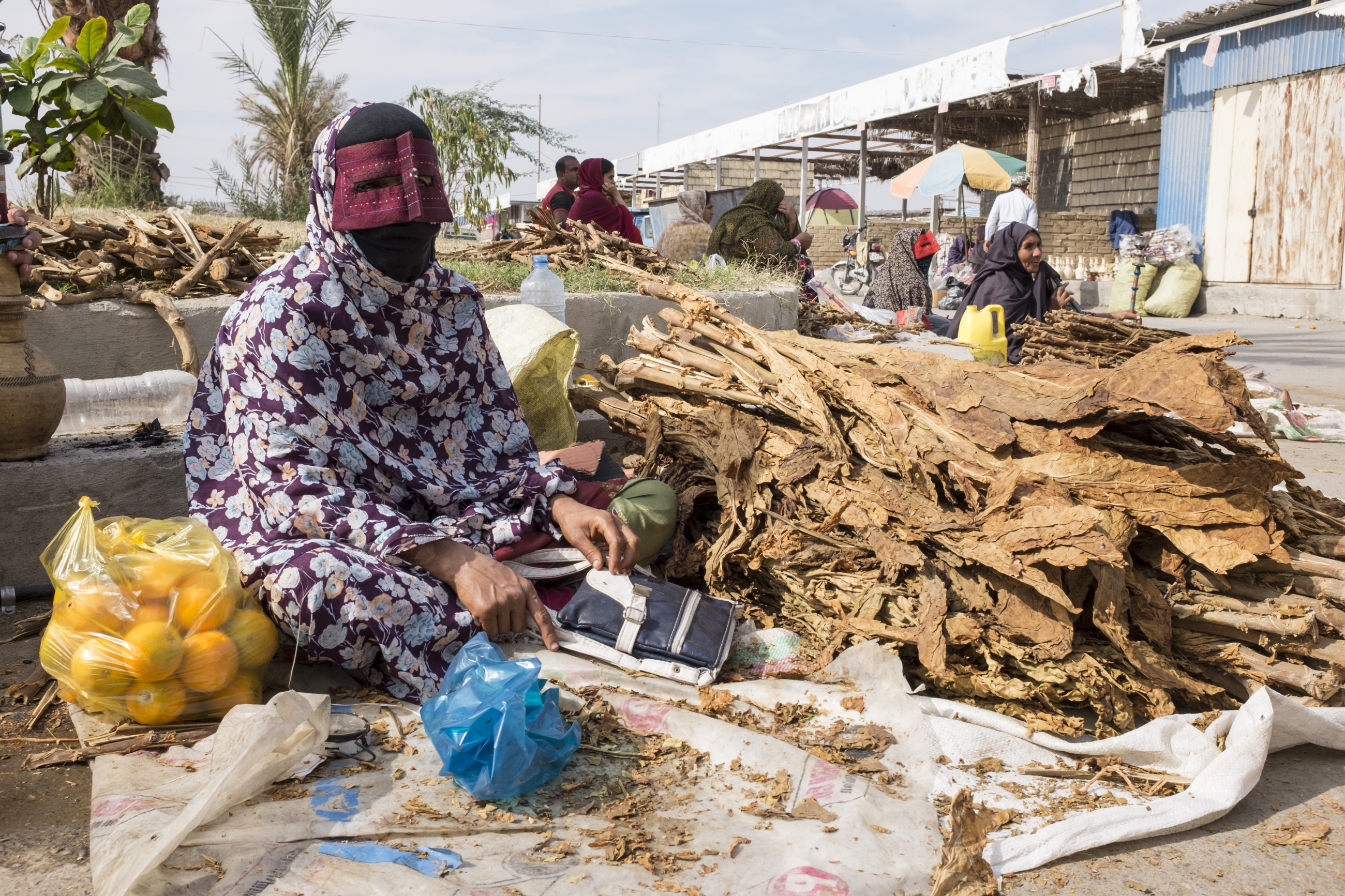
He continues: “The ladies were reluctant to being photographed and every time I showed them the piece of paper they gave it back to me saying ‘no, no’ and waving their hands as to send me away.” (MEE)
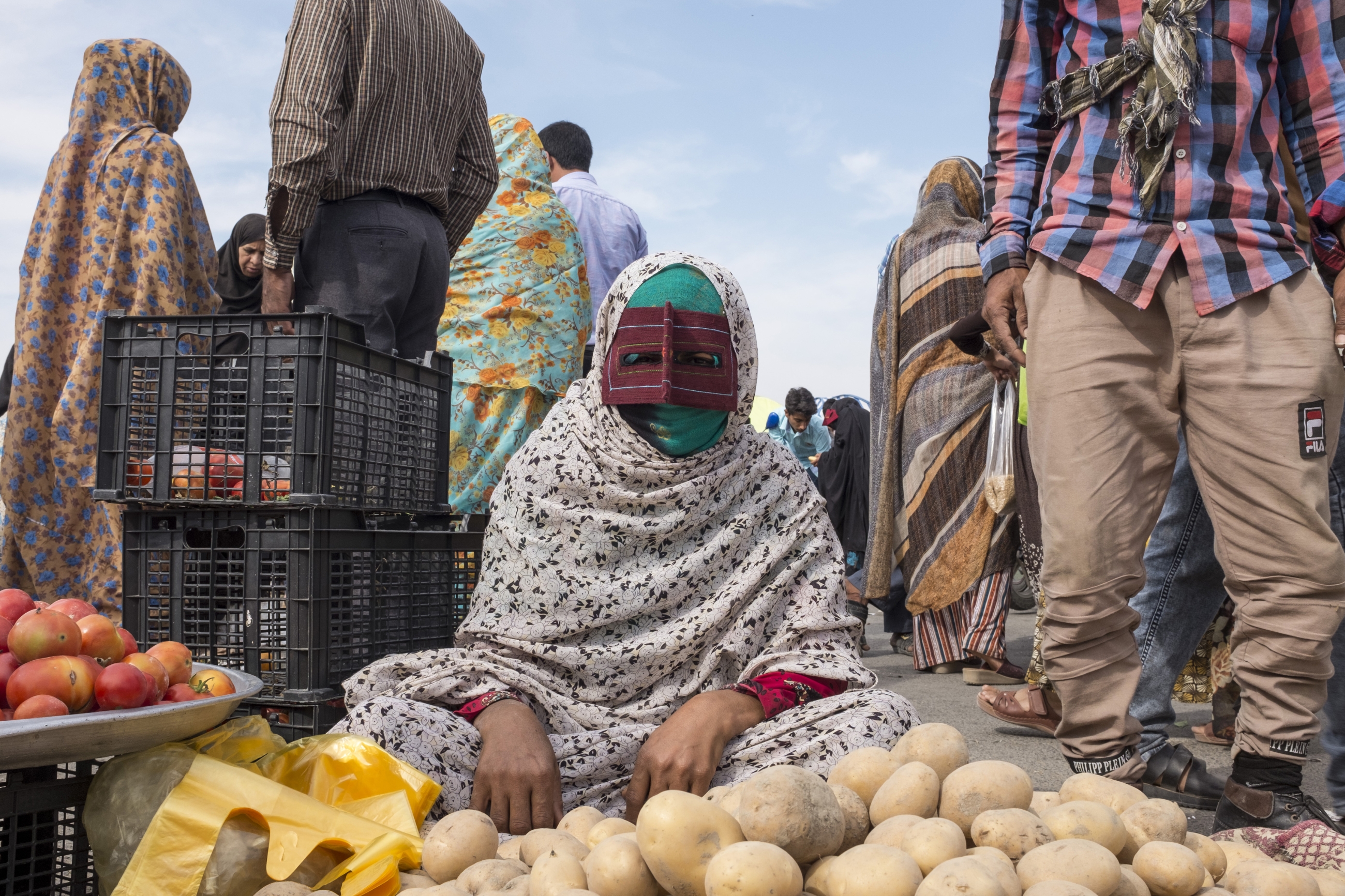
“I was standing still on the edge of the road thinking about what to do when a young man riding a motorbike approached me asking in English if I needed anything. We started talking and I explained to him what I was trying to do. He was incredibly kind, parked his bike and told me to follow him inside the market.” (MEE)
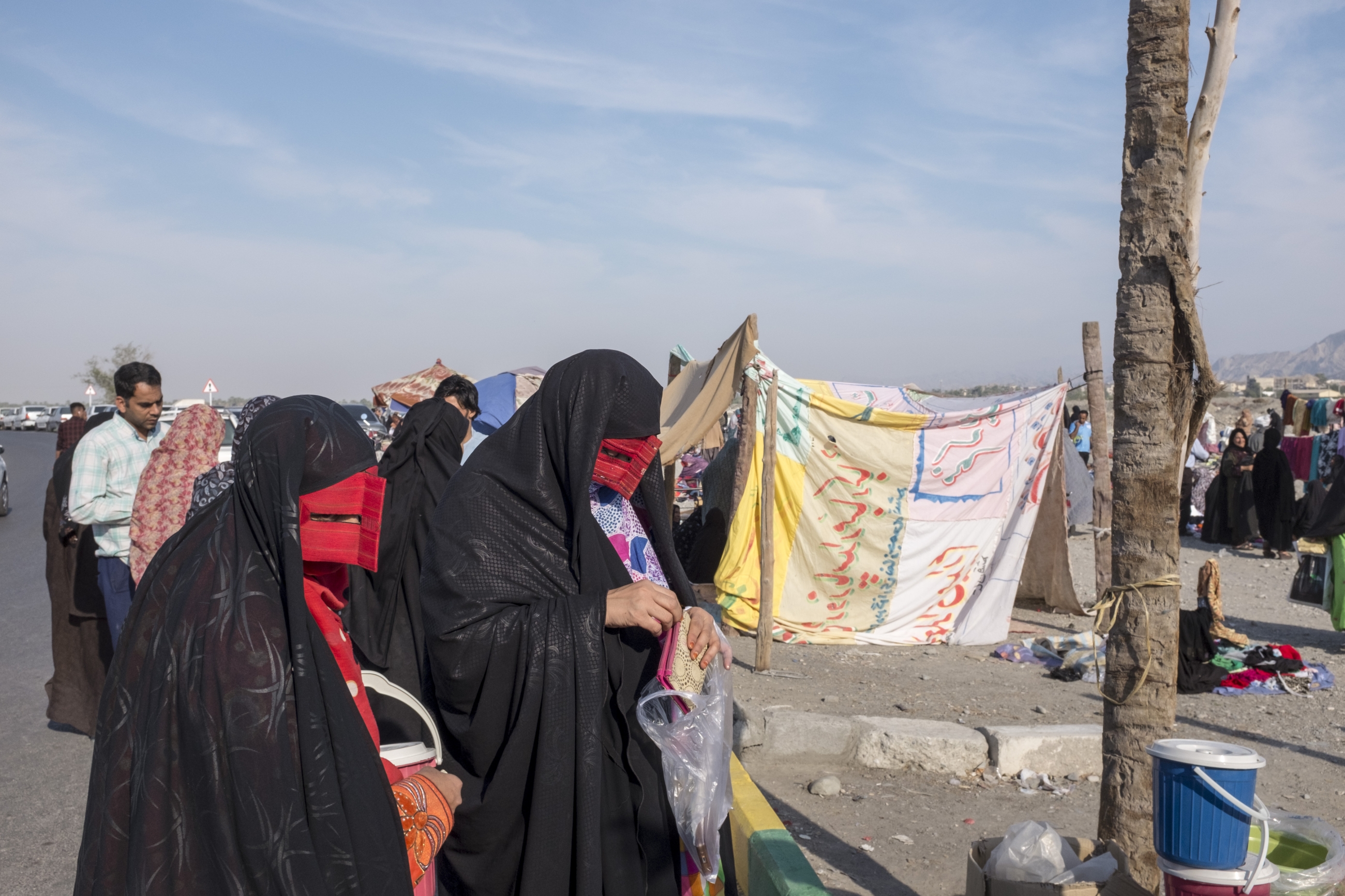
The photographer says that everything became easier after that. “I kept walking around showing the little piece of paper to ladies but now I also had pictures on my camera. They were encouraged seeing that others allowed me to take photographs and I was finally able to shoot the story.” (MEE)
This article is available in French on Middle East Eye French edition.
Middle East Eye propose une couverture et une analyse indépendantes et incomparables du Moyen-Orient, de l’Afrique du Nord et d’autres régions du monde. Pour en savoir plus sur la reprise de ce contenu et les frais qui s’appliquent, veuillez remplir ce formulaire [en anglais]. Pour en savoir plus sur MEE, cliquez ici [en anglais].



